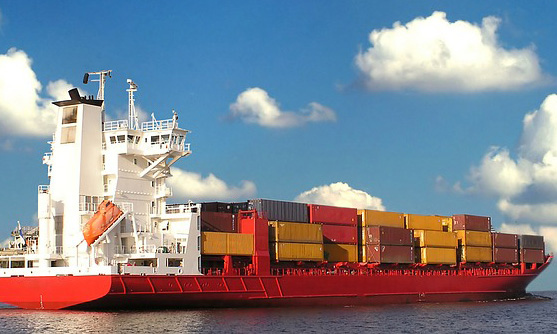With trade tariffs a regular public policy discussion topic these days, understanding the basics behind how much the U.S. and other countries sell to one another is critical in business coverage. Whatever the industry in question, there will be imports and exports of goods and services.
You need that data to question and write intelligently. Here are some sources that can help.
International Trade Administration
Part of the Department of Commerce, the ITA has great data and analysis information often with a surprising degree of specificity. For example, you could find the patterns of Delaware’s total exports or used or second-hand merchandise between 2002 and 2017 by country. Selections are done by NAICS, or North American Industry Classification System. For more information, check the NAICS Association website.
Census Bureau
Get another snapshot on trade from the U.S. Census Bureau with free data available for download.
CIA World Factbook
Yes, the Central Intelligence Agency. Its World Factbook is a source of “information on the history, people, government, economy, energy, geography, communications, transportation, military, and transnational issues for 267 world entities.” That’s a different focus from the ITA and is better for background on a given trading partner, like learning that Azerbaijan depends on oil exports and is working on boosting natural gas production.
Industry associations
Whatever the industry, there is likely a trade association for it. A web search for the name of the industry along with “trade” and “statistics” can turn up useful information. You could find the global toy sales by year from the Toy Association or even market research by nation for a number of countries. Reports may only be available to members of the association, but you can contact the organization and see if someone in the PR department will get more details for you.
Other governments and organizations
The U.S. is not the only country or region that closely follows and publishes trade statistics. Other governments do as well. The EU has broad statistics on trade, both within the EU and between EU countries and others. Japan has statistics, as does Singapore. Search for the country name along with “trade” and “statistics”. Don’t forget the World Trade Organization and the Organisation for Economic Co-operation and Development, or OECD (which uses British spelling).
Ask a reference librarian
Library science experts are brilliant at finding sources of data. Call the library for a good-sized city, ask for the reference desk, and see what additional sources they suggest.











